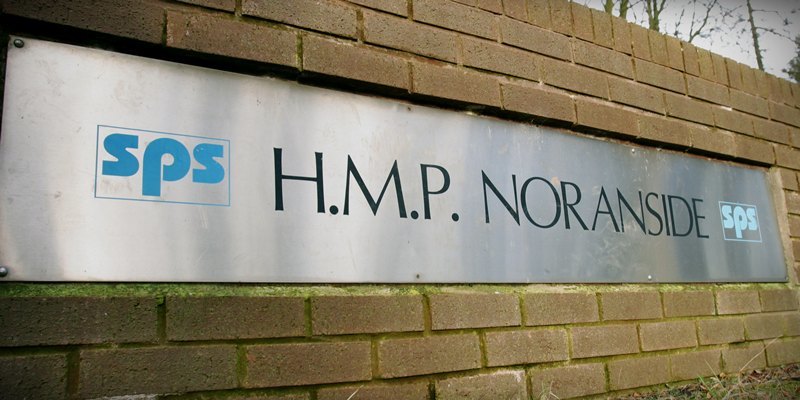The Scottish Prison Service has refused to release key documents regarding the future of Noranside open prison in Angus following a freedom of information request from The Courier claiming this would not be in the “public interest.”
Officials took almost three months to deliver a full response to the submission, which concerned deliberations over the institution north of Forfar in the wake of the Robert Foye case in 2007.
The establishment has been running under capacity since criteria governing which offenders are eligible for open conditions was tightened after Foye absconded from Castle Huntly open prison near Dundee and raped a schoolgirl in his native Lanarkshire while on the run.
A controversial consultation which proposed closing Noranside completely was announced in December last year but the decision has now been deferred until after the forthcoming Holyrood elections.
Opposition politicians nationwide were outraged when the proposals, which advocated centralising Scotland’s open estates at Castle Huntly, were mooted just weeks after speculation over the estate’s future had been dismissed as “groundless” by the Scottish Government.
On December 28, The Courier wrote to the SPS asking to see a copy of any documents dated from 2007 onwards which advised the closure of Noranside.
We also requested a copy of documents submitted to the Scottish Government’s justice department outlining recommendations that the estate was no longer viable as well as minutes of any meetings during which the capacity of the establishment and its future in general was discussed.’Exempt under act’The body replied to the submission last week via a letter from corporate affairs manager Martin Birrell, who insisted that the information was exempt from disclosure under the terms of the Freedom of Information (Scotland) Act.
He said, “This exemption is applied as it relates to the formulation of policy, with the decision having not yet been taken on the closure of the Noranside site at HMP Open Estate. As the exemption is conditional we have applied the ‘public interest test.’
“This means we have, in all the circumstances of this case, considered if the public interest in disclosing the information outweighs the public interest in applying the exemption. We have found that, on balance, the public interest lies in favour of upholding the exemption.
“While we recognise that there is some public interest in release for the purposes of openness and transparency, this is outweighed by the overriding priority that the SPS have a protected private space within which we can consult and discuss the issues prior to reaching any conclusions.”
The SPS also refused to provide The Courier with both consultation documents provided to relevant trade unions regarding its plans and any guidance received from the Scottish Government on justice spending for the current financial year.
Former Dundee councillor George De Gerniere, who is chairman of the prison’s visiting committee, said that he had asked similar questions of the director of prisons for Scotland but had as yet to receive a response.
He added, “The Courier is lucky that it even got a reply. I have had no response to the questions I asked. Why is this not in the public interest? It’s not enough for them just to say that because this does affect the public it affects the public a great deal.
“What areas of these discussions are so sensitive? That’s what I want to know.”
Mr De Gerniere also took issue with the fact the SPS had taken almost three months to provide an adequate response to the request when by law public bodies are expected to respond to such matters within 20 working days.
